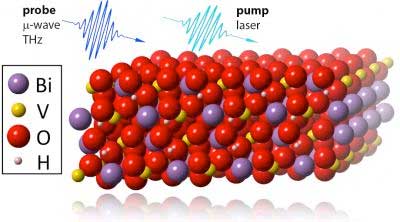 Scientists analysed how a special treatment improves cheap metal oxide photoelectrodes, paving the way to more efficient and cheap devices for solar hydrogen production.
Scientists analysed how a special treatment improves cheap metal oxide photoelectrodes, paving the way to more efficient and cheap devices for solar hydrogen production.
Aug 28th, 2017
Read more
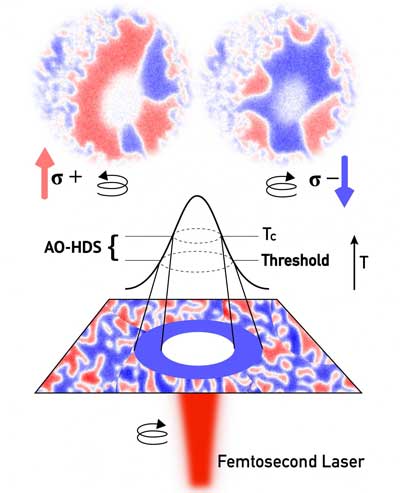 This is an important clue for our theoretical understanding of optically controlled magnetic data storage media.
This is an important clue for our theoretical understanding of optically controlled magnetic data storage media.
Aug 28th, 2017
Read more
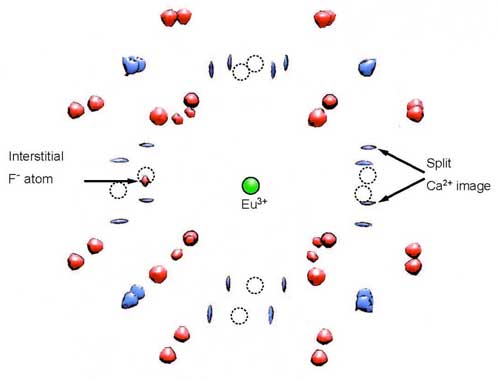 Scientists have developed a new multiple-wavelength neutron holography technique that can give insights into previously unknown structures.
Scientists have developed a new multiple-wavelength neutron holography technique that can give insights into previously unknown structures.
Aug 28th, 2017
Read more
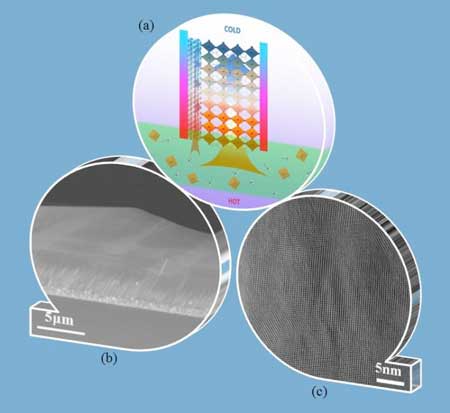 A recent work developed an innovative approach to self-grow single crystalline perovskite directly on polycrystalline substrate, with which n-i-p type of perovskite solar cells were fabricated.
A recent work developed an innovative approach to self-grow single crystalline perovskite directly on polycrystalline substrate, with which n-i-p type of perovskite solar cells were fabricated.
Aug 28th, 2017
Read more
 Metallic nanostructures that slow down light dramatically can triple the efficiency of solar-based hydrogen fuel generation.
Metallic nanostructures that slow down light dramatically can triple the efficiency of solar-based hydrogen fuel generation.
Aug 28th, 2017
Read more
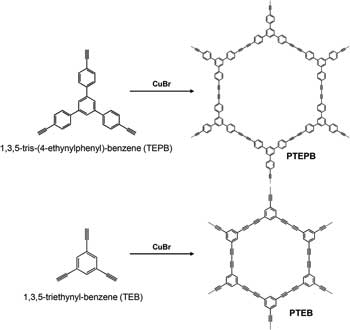 Researchers show that nanosheet polymer frameworks are able to efficiently catalyze overall water splitting under visible light irradiation with apparent quantum efficiencies of as high as 10% at 420 nm.
Researchers show that nanosheet polymer frameworks are able to efficiently catalyze overall water splitting under visible light irradiation with apparent quantum efficiencies of as high as 10% at 420 nm.
Aug 28th, 2017
Read more
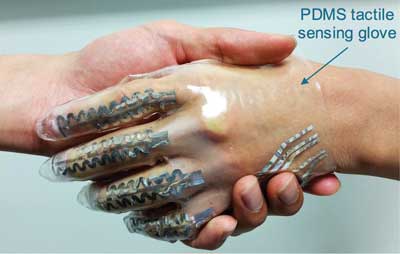 In new work, researchers report a microfluidic tactile sensor based on a diaphragm pressure sensor design.
In new work, researchers report a microfluidic tactile sensor based on a diaphragm pressure sensor design.
Aug 28th, 2017
Read more
 Chemical engineer seeks to develop and understand materials that behave in radically new ways.
Chemical engineer seeks to develop and understand materials that behave in radically new ways.
Aug 28th, 2017
Read more
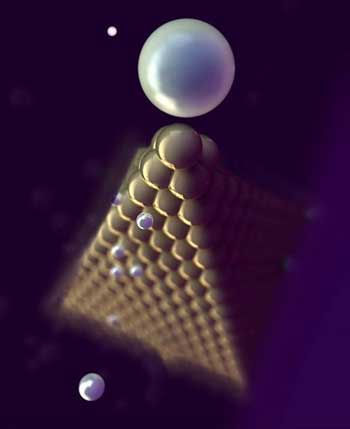 Using a plasmonic nanosensor, it is possible to observe enzymes and how they move without a marker.
Using a plasmonic nanosensor, it is possible to observe enzymes and how they move without a marker.
Aug 28th, 2017
Read more
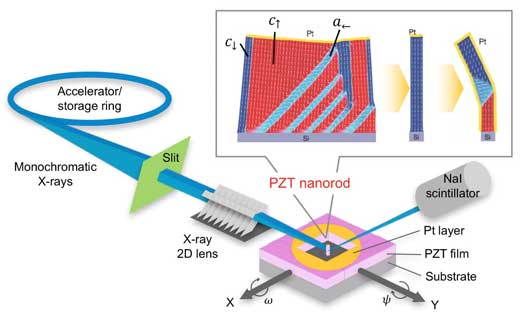 An international collaboration develops new approach to advanced sensor and energy harvesting devices based on controlling domain alignment in nanostructured ferroelectric materials.
An international collaboration develops new approach to advanced sensor and energy harvesting devices based on controlling domain alignment in nanostructured ferroelectric materials.
Aug 28th, 2017
Read more
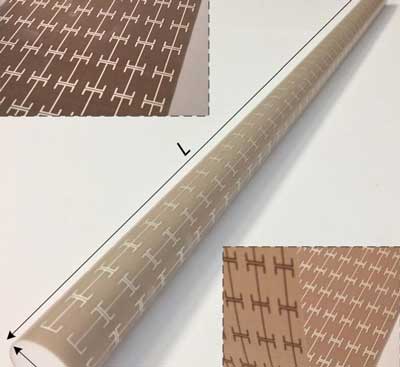 Electrical engineers have a way to simultaneously control diverse optical properties of dielectric waveguides by using a two-layer coating, each layer with a near zero thickness and weight.
Electrical engineers have a way to simultaneously control diverse optical properties of dielectric waveguides by using a two-layer coating, each layer with a near zero thickness and weight.
Aug 27th, 2017
Read more
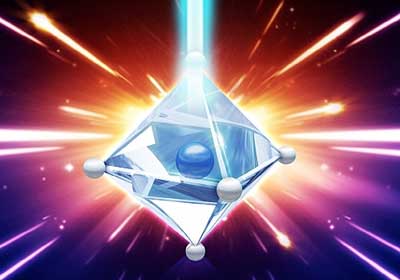 A crystalline material that changes shape in response to light could form the heart of novel light-activated devices.
A crystalline material that changes shape in response to light could form the heart of novel light-activated devices.
Aug 27th, 2017
Read more
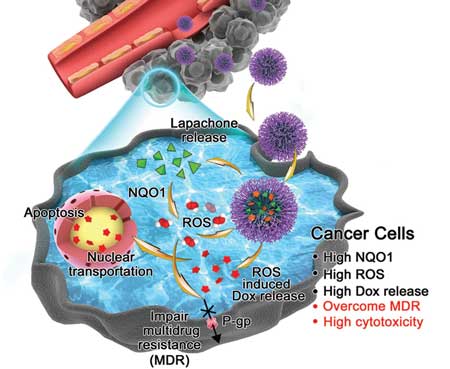 Researchers successfully constructed a cascade amplification drug release system by simultaneously loading a high drug content of Lapa and an ROS-responsive doxorubicin prodrug in a novel block copolymer micelle.
Researchers successfully constructed a cascade amplification drug release system by simultaneously loading a high drug content of Lapa and an ROS-responsive doxorubicin prodrug in a novel block copolymer micelle.
Aug 26th, 2017
Read more
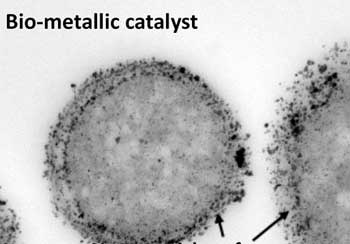 Fuels that are produced from nonpetroleum-based biological sources may become greener and more affordable, thanks to research that examines the use of a processing catalyst made from palladium metal and bacteria.
Fuels that are produced from nonpetroleum-based biological sources may become greener and more affordable, thanks to research that examines the use of a processing catalyst made from palladium metal and bacteria.
Aug 25th, 2017
Read more
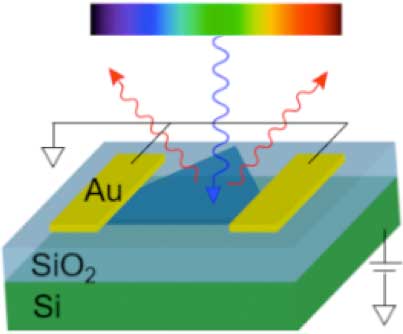 Team also provides most precise band gap measurement yet for hotly studied monolayer moly sulfide.
Team also provides most precise band gap measurement yet for hotly studied monolayer moly sulfide.
Aug 25th, 2017
Read more
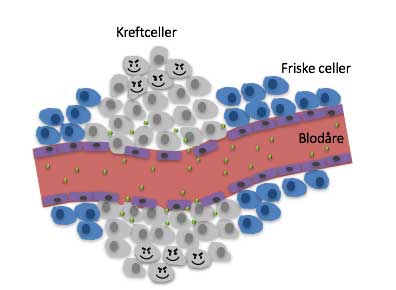 Nanotechnology and ultrasound enhance chemotherapy treatment in experiments.
Nanotechnology and ultrasound enhance chemotherapy treatment in experiments.
Aug 25th, 2017
Read more
 Scientists analysed how a special treatment improves cheap metal oxide photoelectrodes, paving the way to more efficient and cheap devices for solar hydrogen production.
Scientists analysed how a special treatment improves cheap metal oxide photoelectrodes, paving the way to more efficient and cheap devices for solar hydrogen production.















 Subscribe to our Nanotechnology News feed
Subscribe to our Nanotechnology News feed